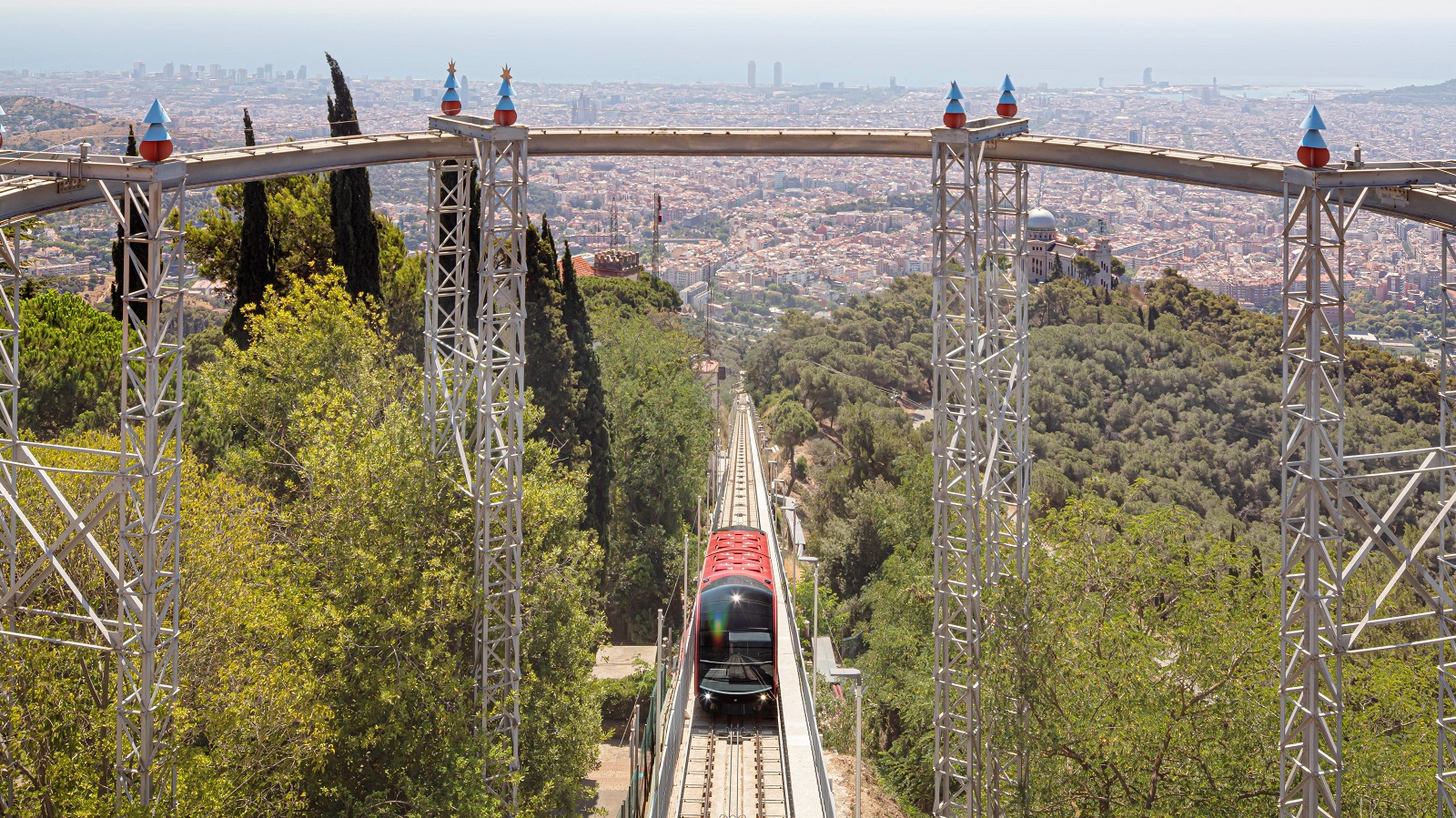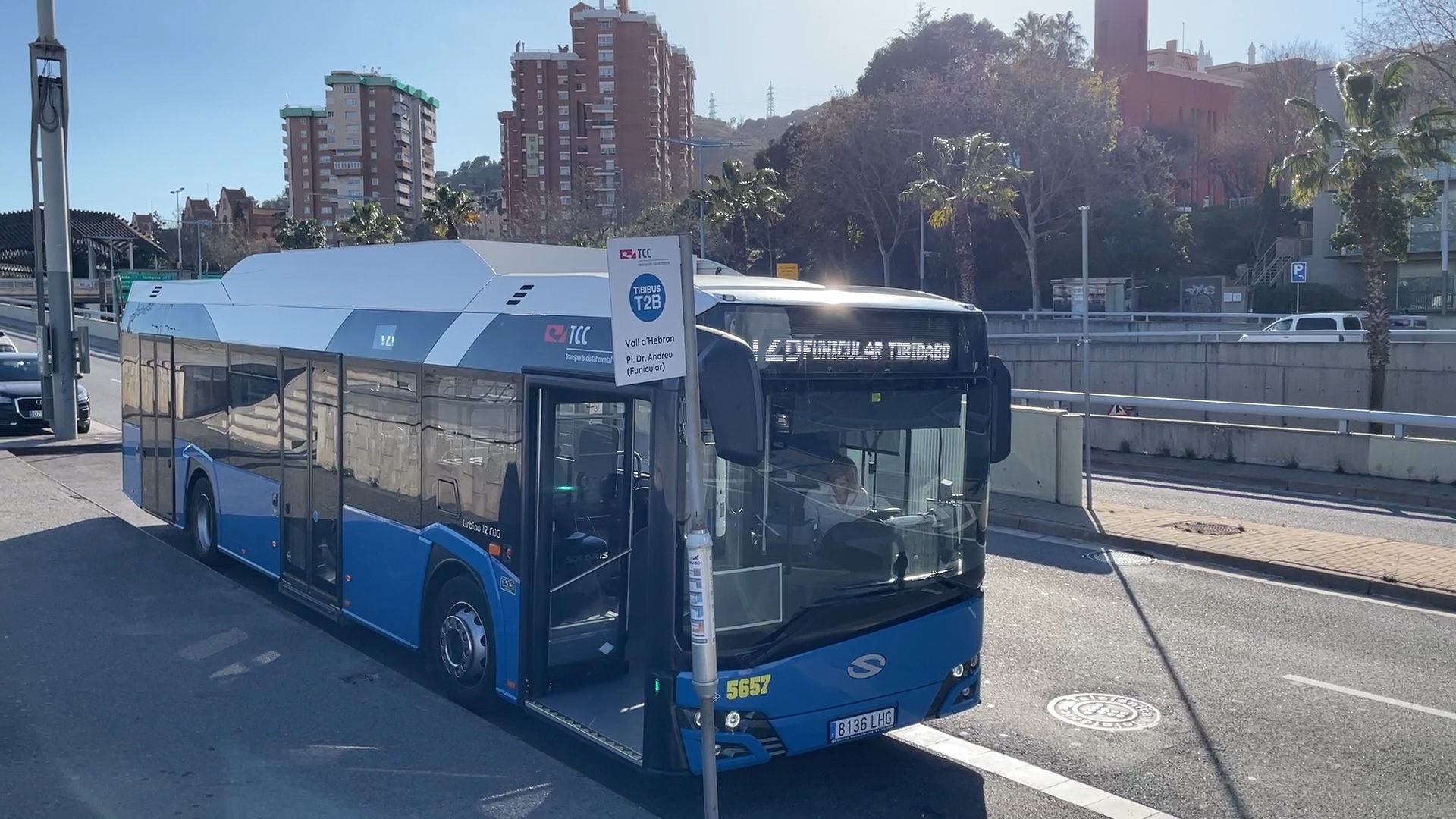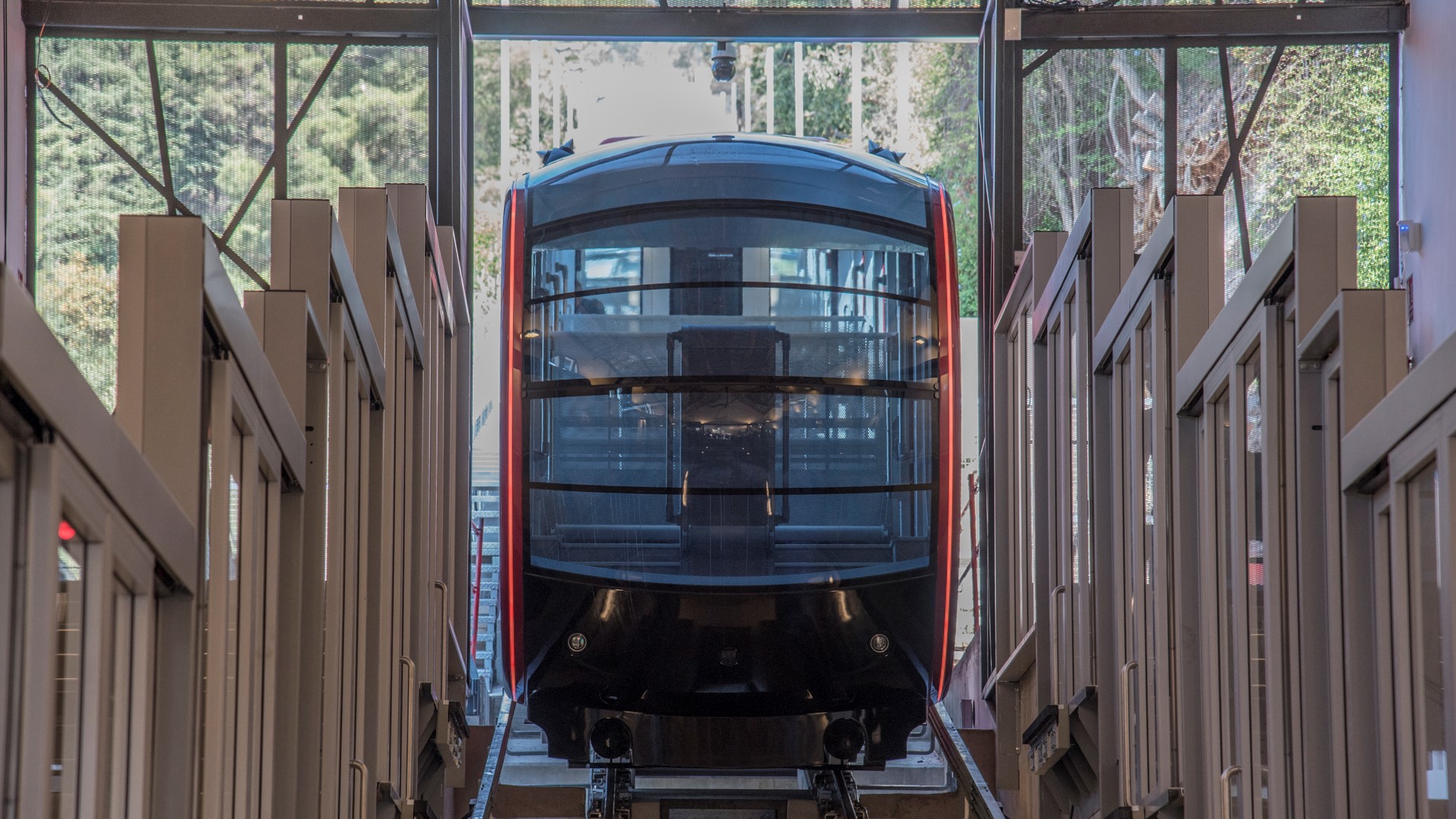PDEs (Company Travel Plans) are one of the main instruments for improving mobility in the area of work or study centers, based on a set of actions that aim to optimize the mobility of workers, favoring the use of alternative modes of transport to private vehicles and rationalizing the use of cars.
The PDEs align with several Sustainable Development Goals (SDGs) of the United Nations 2030 Agenda, especially:
- SDG 3 – Health and Well-being: Promote healthy habits such as walking and cycling.
- SDG 7 – Clean and affordable energy: Reduce fossil fuel consumption.
- SDG 11 – Sustainable cities and communities: Improve air quality and reduce urban congestion.
- SDG 13 – Climate action: Contribute to reducing greenhouse gas emissions.
Currently, we have a PDE implemented at BSM, certified by the Metropolitan Transport Authority (ATM), which recognizes those institutions that work to promote sustainable mobility in their workplaces. The seal is valid for three years. You can consult it here.
This PDE includes actions that will facilitate the routine of working personnel and are divided into:
- Organizational
- Campaigns and dissemination
- Related to pedestrians
- Related to bicycles and personal mobility vehicles
- Public transport
- Private vehicle and parking




